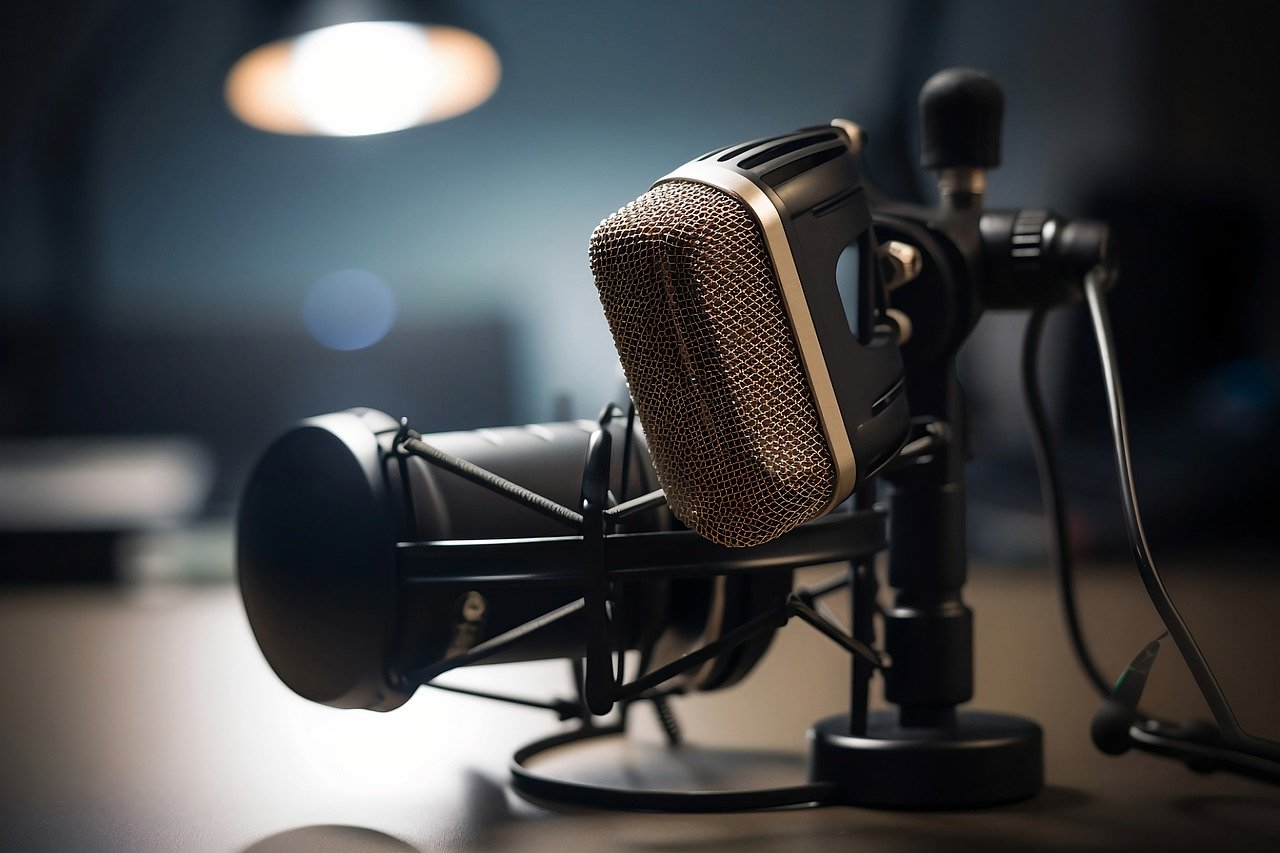Effective Strategies for Minimizing Audio System Noise
1. Pinpointing the Noise Source
-
Equipment-Related Problems
-
Low-Frequency Hum (50/60Hz): Often caused by grounding issues, electrical interference, or faulty wiring.
-
Audio Distortion or Crackling: May stem from damaged speakers, poor-quality audio sources, or amplifier overload.
-
-
Room Acoustics & External Factors
-
Unwanted Vibrations: Speaker placement on resonant surfaces (e.g., wooden desks, hollow shelves).
-
Sound Reflections: Excessive echo or reverb due to untreated walls, floors, or ceilings.
-
Electromagnetic Interference (EMI): Noise introduced by nearby electronics (e.g., Wi-Fi routers, smartphones, LED lighting).
-
2. Practical Noise Reduction Techniques
A. Optimizing Audio Equipment
-
Upgrade Cables & Connections
-
Replace low-quality cables with shielded alternatives (e.g., balanced XLR, high-grade RCA).
-
Route audio cables away from power cords to minimize interference.
-
-
Enhance Power Delivery
-
Use a power conditioner or surge protector to stabilize voltage.
-
Experiment with different power outlets to rule out grounding problems.
-
-
Perform Routine Maintenance
-
Clean dirty or corroded connectors (e.g., 3.5mm jacks, speaker terminals).
-
Install firmware updates for digital audio devices.
-
B. Improving Room Acoustics
-
Isolate Speakers from Vibrations
-
Place speakers on isolation pads, foam blocks, or dedicated stands.
-
Avoid positioning speakers inside enclosed cabinets or shelves.
-
-
Absorb Reflective Sound Waves
-
Add soft furnishings (thick rugs, heavy drapes, upholstered furniture).
-
Install acoustic panels or bass traps in critical listening areas.
-
-
Optimize Speaker Positioning
-
Maintain adequate distance from walls to reduce bass resonance.
-
Follow the "38% rule" (position speakers 38% into the room for balanced sound).
-
C. Advanced Noise Control Methods
-
Apply Signal Processing
-
Use a noise gate or parametric EQ to filter out unwanted frequencies.
-
Consider digital noise reduction plugins for post-production (e.g., RX De-Noise).
-
-
Implement Ground Loop Solutions
-
Use a ground loop isolator if humming persists.
-
Test equipment with a ground lift adapter (if electrically safe).
-
D. Mitigating External Interference
-
Distance from EMI Sources
-
Keep audio equipment away from wireless devices, power strips, and fluorescent lights.
-
-
Verify Proper Grounding
-
Ensure all components share a common ground point.
-
3. Quick Diagnostic Checklist
-
Persistent low hum? → Likely a grounding or power supply issue.
-
High-pitched hiss? → Check cable quality or amplifier noise floor.
-
Intermittent crackling? → Test with different audio sources to isolate the problem.







